Defining what exactly a salsa is can seem complicated. I don’t know, it might actually be complicated. This complication, if any comes from the fact that it seems like almost anything can be a salsa.
Growing up, salsa was pretty much one thing. An acidic tomato based sauce, with onion, and spice that we dipped tortilla chips in. Now, salsa is made of almost anything. But the truth is that it always kind of was. Salsa, just means sauce.
For a more in depth description check out what Wikipedia has to say on the matter.
For our purposes we are going to consider salas a chunky (not puréed) sauce with three main elements. There will be some type of fruit, from tomato to mango. There will be acid like citrus or vinegar. And there will be some type of spice.
Today, we are going to look at the composition of a salsa. I am going to give you a few specific recipes, but ideally by the end of this post you won’t need them. The goal here is for you to finish this post confident that you can walk into your kitchen and make a salsa out of just about anything. To do that I’m going to tell you…
Everything I Know About Salsa
To Cook or Not To Cook?
There are two main types of salsa, cooked and not cooked. The difference is pretty obvious.
Cooked Salsa
If you are unsure of how to tell the difference between a cooked and uncooked salsa just open a jar of salsa and look inside. Every jar of salsa you have ever had from Pace to Neil Brothers, to Old El Paso, to the stuff you bought at the local farmers market, has been cooked.
Cooked salsa has a much different flavour, texture and appearance than uncooked salsa. Cooking takes away the sharpness of flavour. You loose the bite of the onion, and the pop of flavour from the tomato and herbs.
There are a few benefits to cooked salsa over uncooked ones. The obvious benefit is that you can can them. Even without canning they tend to last much longer than their fresh cousins. The real benefit comes from the flavour.
Cooking does take away sharpness and brightness but it also helps develop depth, richness, and character. Cooked salsa tends to have a fuller flavour than fresh ones. That’s really the big difference.
Fresh Salsa
If I’m making tacos, nine times out of ten I’m going to be making a fresh salsa to go along with them. In fact, at home I rarely make cooked salsa at all. There are a few reasons for this.
Fresh salsa is really quick to put together. In a few minutes of chopping and mixing I have a delicious fresh salsa to compliment whatever taco I’ve made. And not just tacos. Burritos or burrito bowls, grain bowls, even just nachos, or any number of other things.
Fresh Salsa has a fresh flavour. Obvious, I know. This is the thing that I love most about fresh salsa, that big hit of freshness. It doesn’t mater what type of Mexican influenced food you are having, a fresh salsa can really compliment it.
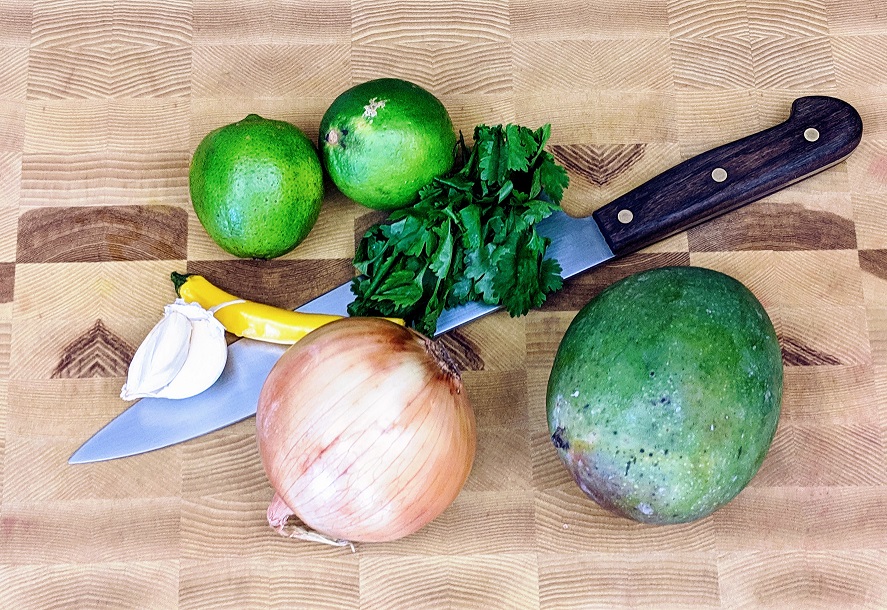
Okay, we’ve talked about Cooked Salsa vs. Fresh Salsa. Now let’s take a look at the building blocks of a salsa cooked or not.
Like I said in the intro to this post, salsa has three main components; Fruit or the main ingredient, Acid, and Spice. Let’s take a look at these three items individually. Actually, before we do that, let’s take a look at the supporting ingredients.
Supporting Ingredients
Generally, other than the alternating ingredients like the fruit, acid, and spice, salsas are pretty much all the same, cooked or not. They almost always have onion, and cilantro. Garlic is often added. Sometimes parsley, oregano, or ground cumin may be included as well.
It is not uncommon to add tertiary ingredients like black beans, or bell peppers as well. We aren’t really going to get into that today though.
If you start with a base of just chopped onion and cilantro you can’t really go wrong. Just add some chopped fruit, a bit of acid, and a touch of spice and you’re all set.
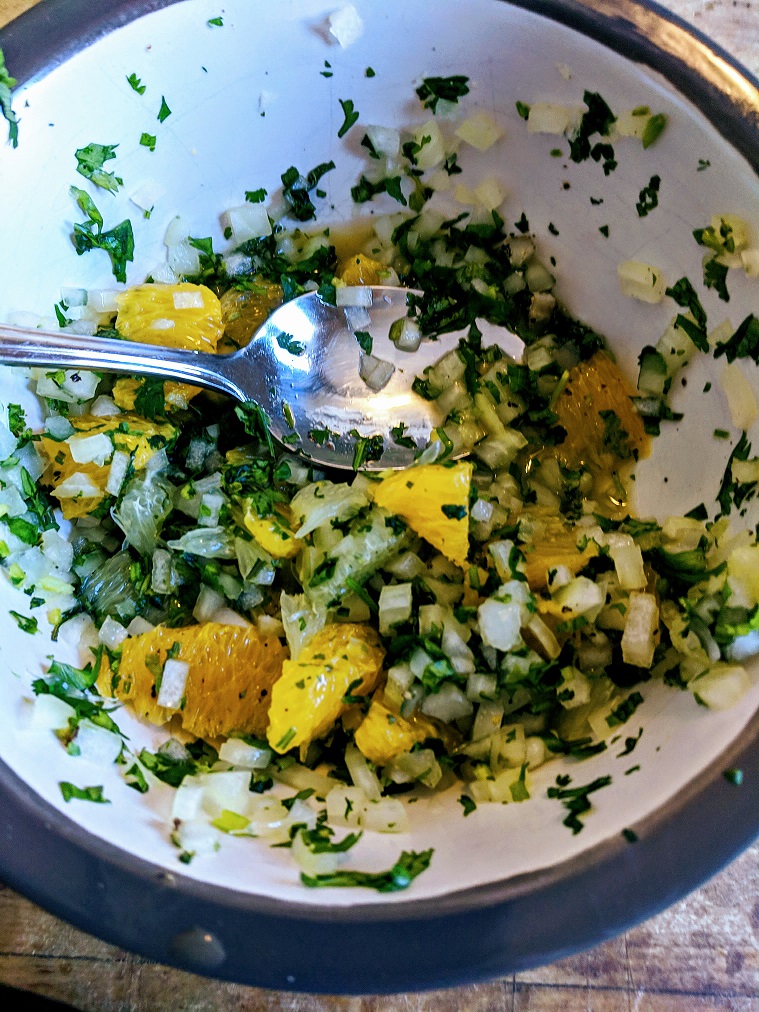
Fruit
I know a lot of people don’t consider tomato a fruit, but it is. I think it’s fair to say that most people would consider tomato the most common salsa base, and it likely is. However, one of the beautiful things about salsa is it’s versatility. It doesn’t have to made of or even contain tomatoes.
Using the starting point of finely chopped onion and cilantro I have made salsa from pineapple, mango, peaches, individual citrus fruits or a mixture of a few different ones, apple, pear, cranberry, even melon, and of course tomato. The key is just to chop everything up nice and fine.
Acid
Just like tomato is the most typical fruit to be used to make a salsa, lime juice is the most typical acid. Why? Because it commonly grows in Mexico and South America where salsa comes from. It has that quintessential salsa flavour. Having said that, it isn’t the only acid available.
Any kind of citrus juice can do the job as can any kind of vinegar. Really it just comes down to pairing the acid to the main ingredient in the salsa and the main item the salsa is being paired with. When in doubt, just use lime juice.
The acid has two main purposes. The first of which is flavour. The acid not only adds it’s own element to the overall flavour of the salsa, it also makes all of the other flavours pop. Meaning, it creates more vibrance.
The second purpose of the acid is to break down the main ingredient and draw liquid out to create a kind of sauce for the sauce (salsa).
There is a third purpose specific to canning salsa. The acid lowers the ph level making salsa safe to can. You only have to worry about this if you are sealing the salsa in jars.
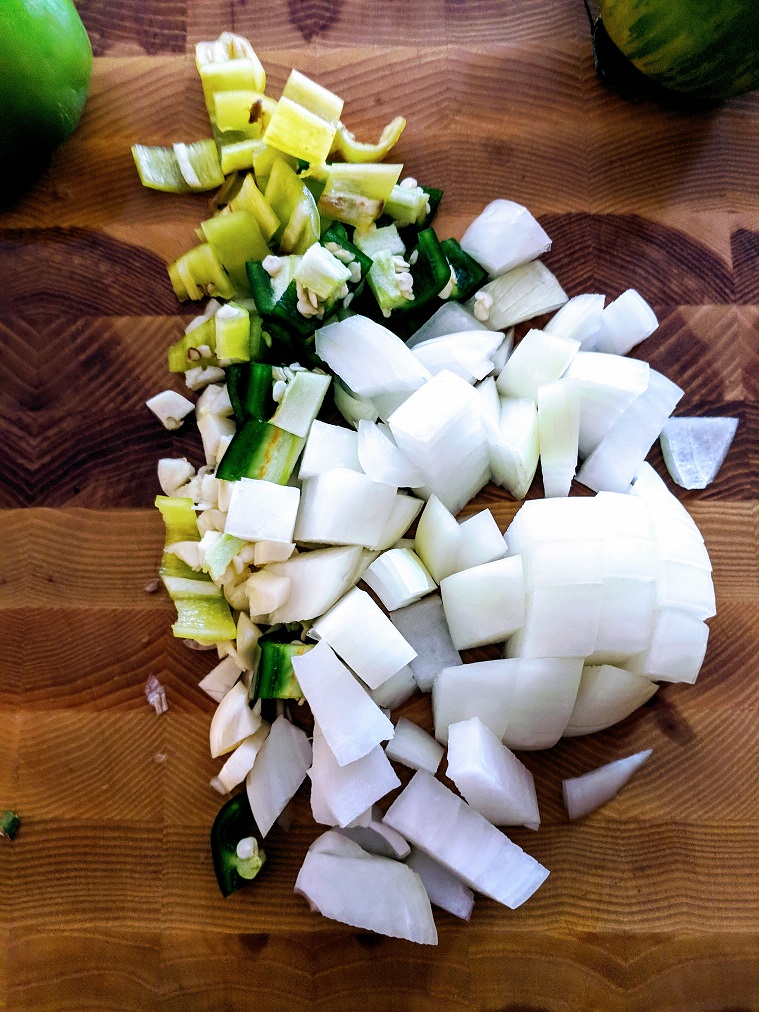
Spice
A salsa without a bit of spice or heat is no salsa at all. It doesn’t have to burn your face off, but that element is important. This is especially true when using a sweet fruit as the base. The heat has a balancing effect.
The type of chili you use will determine how hot the salsa will be. The chili also adds it’s own unique flavour to the salsa. Jalapeno is always a good bet. For a more mild flavour remove the seeds and white ribs from the jalapeno and only chop up the actual pepper part.
You can use any other type of chili you can imagine. Habanero, serrano, or poblanos (which aren’t too spicy) are also commonly used in salsas.
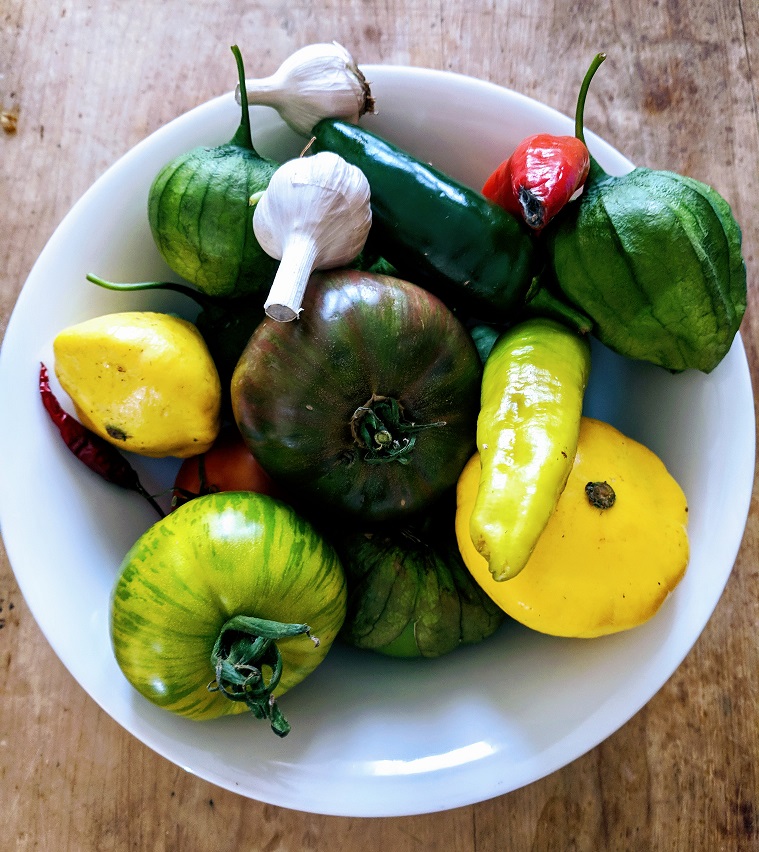
Choosing the right salsa
The things that we put salsa on are generally either fairly neutral in flavour or very strong in flavour. This means that we are either looking to impart flavour or compliment.
Imparting Flavour
If we are trying to impart flavour, we want a very strongly flavoured salsa with a lot of depth. This is where cooked salsa comes in very handy. Having said that, a bold fresh salsa can do this job just as well.
Use a strong main ingredient in your salsa like cooked tomato or pineapple. Compliment that with some strong background flavours like cumin and extra cilantro. Even add a bit of extra heat or use strongly flavoured chili like chipotle.
Complimenting Flavour
If you have a dish that on it’s own has is very flavourful, a strong salsa can muddy the flavours and distract from them. For this purpose you want to back off on the punch from the salsa. Use more mild ingredients like mango, or fresh tomato. Use very little cumin if any. A milder chili like polano or jalapeno is probably better suited to this job.
When I’m thinking about the type of salsa I’m going to make it always starts with the dish it’s going to be served with. I always try to think of it as an additional ingredient to the overall composition rather than it’s own thing. What I mean is that I use the salsa to fill in the gaps in flavour of the final dish.
So, if I slow roast some pork to make tacos and I’ve made a rub with four different types of chili and pork is really spicy, I don’t need or want to add a lot of heat to the salsa. Instead, I want something that is going to balance, or even cut through that heat. What does that? Sweet and acid. So, in this case make a salsa that is more sweet and acidic than it is spicy. The reveres is true as well.
If I make a dish that completely lacks spice. I make a spicy salsa.
The salsa, fills in the gaps and smooths out the final dish.
Conclusion
Salsa can be a really terrific condiment. Honestly, if done well it can make the whole dish. As we’ve seen it can be used in a variety of ways and made from a variety of ingredients. It not only goes well on tacos, but a nice grilled peach or mango salsa makes a great addition to a summer pork chop or haddock fillet too.
The key to making salsa is to not over complicate it. It shouldn’t have more than five or six ingredients. Start with a good base, and taste continuously as you make it and you can’t go wrong.
There are a bunch of different salsa recipes published throughout my Facebook and Instagram pages and if you ask me I will be happy to hunt them down and share them with you. But it’s my hope that you can now confidently make a basic salsa without a recipe. If would like to check some out bon appétit has a great list salsas here.
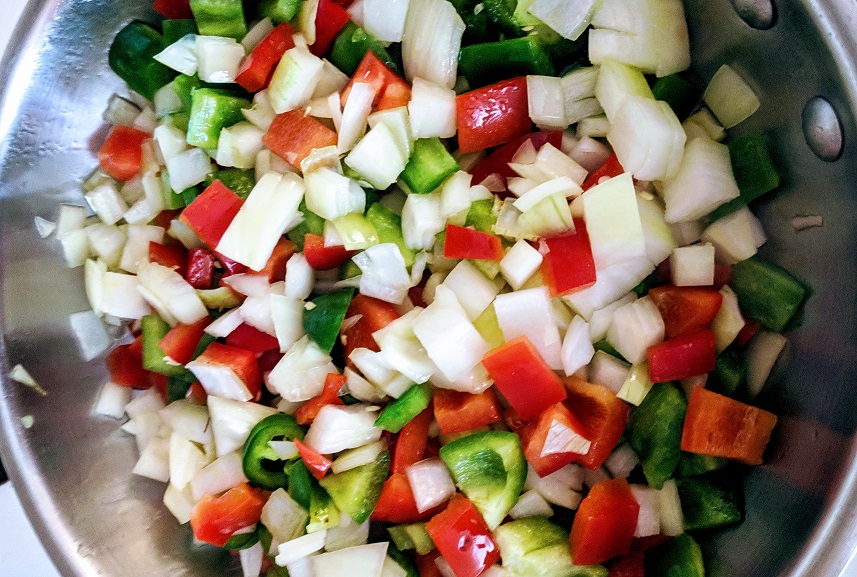
A note on cilantro
I know that some people reading this are thinking “Oh, cilantro! Gross!” But here’s the thing, you are really missing out.
For a very long time I hated cilantro. It always tasted like soap to me. Slowly, I started eating it and over time that soap taste went away and I absolutely fell in love it. Now, I use more cilantro at home than any other herb.
If you hate cilantro, do yourself a favour and try it. Not once or twice, but over the course of a few months try it multiple times. Start with small amounts and once that’s tolerable add more.
If you put in this effort you will find something that you have been missing forever.
The same is true for spice. Start small and work your way up. There is nothing like the euphoric feeling you get from eating something really spicy. It’s incredible. And nothing compliments spice, like cilantro.

I make uncooked salsa. Do I can it the same way you would can cooked salsa?
You can’t really can fresh salad if for no other reason than it will cook during the canning process.
I love my fresh blender salsa that I have developed over time and making it quite thin putting it in bottles and freezing it.
Is freezing it recommended?